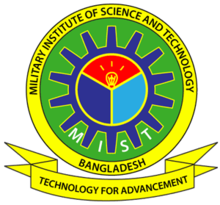Abstract:
This study presents a comprehensive analysis of underwater maneuvering mission simulation using MATLAB. It emphasizes the importance of mission simulation in optimizing the performance of underwater vehicle in various mission scenarios, prior the actual field deployment. The study reviews the current state of underwater vehicles and robotics to highlight the challenges associated with underwater missions. The methodology involves developing a simulation model that incorporates the kinematics, dynamics, and sensor models of the pre-designed underwater robot, as well as the characteristics of the underwater environment. The simulation model considers the effects of sensor noise, data fusion, and decision-making algorithms on the vehicle’s performance in completing different mission tasks. The model can provide complete visualization and analysis of pre-mission, pseudo mission, and post-mission scenarios in MATLAB Simulink. The simulation framework further provides a way to safely tune parameters for implementing control algorithms. The research findings suggest that the proposed mission simulation model can serve as a valuable tool for optimizing maneuvering performance of underwater vehicles for different mission applications. By providing a safe and controlled environment for testing and training, mission simulation can help prepare operators, even the remote ones, for the demands of real-world underwater missions and enhance their decision- making abilities and situational awareness.
